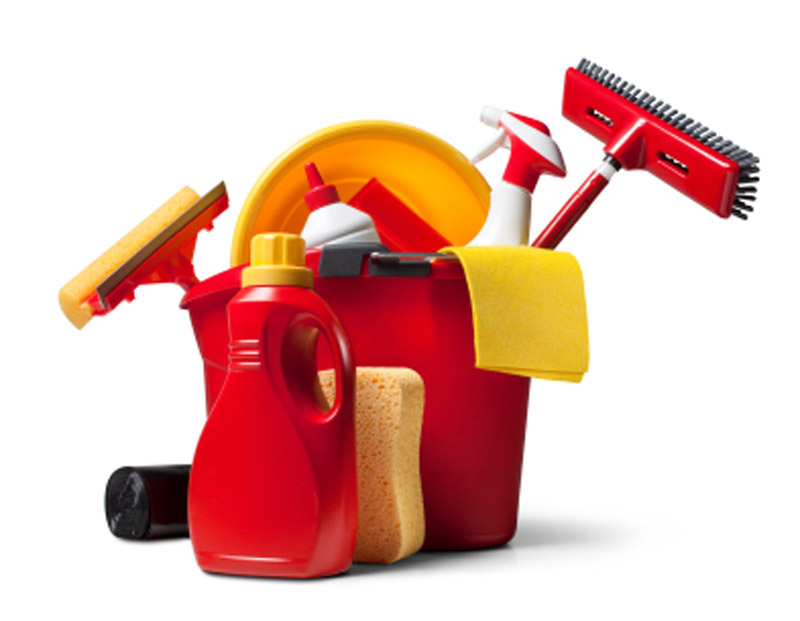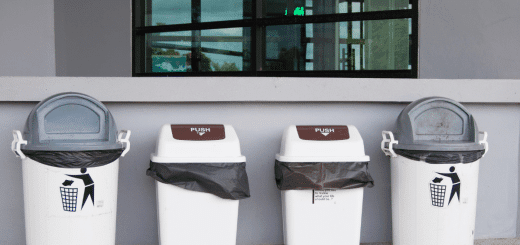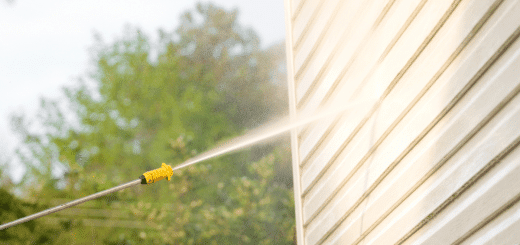Cleaning Mold from Electronics
Electronics contaminated with an outbreak of moldMold is a type of fungus that grows in damp or humid conditi... More sporesSpores are microscopic reproductive units of fungi or mold t... More are an uncommon sight. Although mold growth is not typical on electronic devices, ideal environmental conditions may facilitate moldMold is a type of fungus that grows in damp or humid conditi... More growth. The excess moisture, inadequate ventilationVentilation is the process of exchanging or circulating air ... More, and warmth that electronics provide create an optimal environment for moldMold is a type of fungus that grows in damp or humid conditi... More sporesSpores are microscopic reproductive units of fungi or mold t... More to develop. When faced with moldy electronics, cleaning the sporesSpores are microscopic reproductive units of fungi or mold t... More is a simple process.
MoldMold is a type of fungus that grows in damp or humid conditi... More infestations on electronics can leadLead is a heavy metal that can be toxic to humans, especiall... More to potential damage and compromised performance if it is not fully removed with efficient strategies. By following these steps, you can restore your electronics to their working condition and protect future moldMold is a type of fungus that grows in damp or humid conditi... More problems from arising.
How Does Mold Form on Electronics?
MoldMold is a type of fungus that grows in damp or humid conditi... More infestations on electronics are uncommon because these devices primarily consist of inorganic parts, which do not provide the organic material moldMold is a type of fungus that grows in damp or humid conditi... More needs to thrive. Electronics, such as personal computers, are built with metals like copper, and lithium, glass screens, and silicon microchips. These materials do not hold moisture or support moldMold is a type of fungus that grows in damp or humid conditi... More growth.
Although not often considered, electronics are at high risk for moldMold is a type of fungus that grows in damp or humid conditi... More growth under dire circumstances, like unanticipated property floods. Additionally, frequent condensation that surreptitiously forms inside electronics left unused for lengthy periods is a reliable nutrient source for moldMold is a type of fungus that grows in damp or humid conditi... More colonies.
Many electronics operate with fans to cool their motors. As these fans draw in air, they also suck in dust particles. When the electronic device is left in an area where moisture is prevalent, the dust particles serve as ample nourishment upon which the hungry moldMold is a type of fungus that grows in damp or humid conditi... More sporesSpores are microscopic reproductive units of fungi or mold t... More feast. Certain electronics are not manufactured with built-in fans, so they generate large amounts of heat.
Electronics that emit warmth and are simultaneously placed in an area that runs rampant with moisture often attract moldMold is a type of fungus that grows in damp or humid conditi... More colonies, as this is what moldMold is a type of fungus that grows in damp or humid conditi... More sporesSpores are microscopic reproductive units of fungi or mold t... More are looking for.
Can Mold Grow on Garage Door Openers?
Yes, moldMold is a type of fungus that grows in damp or humid conditi... More can grow on garage door openers, especially in garages that are damp, poorly ventilated, or prone to leaks. Since garage door openers are often mounted near the ceiling, they can be exposed to rising humidityHumidity is the amount of moisture or water vapor present in... More, condensation, and even roof leaks—all of which create ideal conditions for moldMold is a type of fungus that grows in damp or humid conditi... More growth.
MoldMold is a type of fungus that grows in damp or humid conditi... More may appear on the outer housing of the opener, remote controls, or nearby wiring and support brackets. In some cases, it can even begin to grow inside the unit if moisture seeps in. This not only poses health concerns but can also affect the performance of your garage door opener over time.
If you notice a musty smell in your garage or see dark spots on or near your opener, it’s worth investigating. MoldMold is a type of fungus that grows in damp or humid conditi... More on electrical components should be taken seriously, as it can damage wiring and circuitry if left untreated. Keeping your garage dry, well-ventilated, and regularly maintained can help prevent moldMold is a type of fungus that grows in damp or humid conditi... More from developing on your opener or any surrounding surfaces. If your garage door opener is damaged by moldMold is a type of fungus that grows in damp or humid conditi... More growth, it is important to contact a garage door opener repair or replacement company.
Steps to Clean Mold from Electronics
Cleaning electronics is a delicate process, as some devices cannot be exposed to large amounts of water or moisture-laden cleaning solutions, like vinegar and bleach. If a device cannot support cleaning solutions, it is important to withdraw all moisture from the device to cause the moldMold is a type of fungus that grows in damp or humid conditi... More sporesSpores are microscopic reproductive units of fungi or mold t... More to expire from thirst.
Sensitive electronics, like laptops and computers, that erupt with moldMold is a type of fungus that grows in damp or humid conditi... More should be immediately cleaned by a professional. Attempting to thoroughly clean these fragile devices may unwittingly leadLead is a heavy metal that can be toxic to humans, especiall... More to destroying them. However, various electronics may be safely cleaned at home through the following steps.
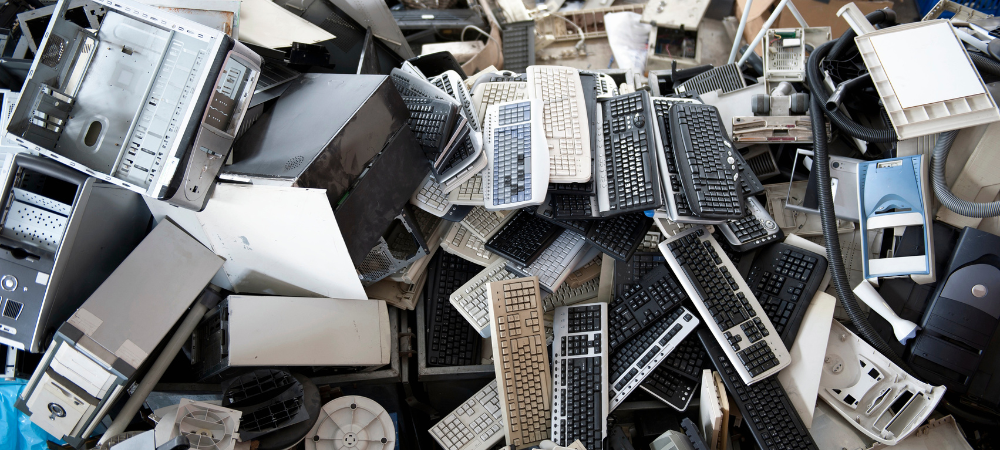
Step 1: Unplug the Device
Before working on any electronic device, it is critical to cut the power to prevent electrical hazards. Introducing water to electronics while they are fully operational will leadLead is a heavy metal that can be toxic to humans, especiall... More to an unwanted case of electrical shock. It is also a good precaution to remove any batteries to prevent other accidents.
Step 2: If Possible, Disassemble the Device
If you can, carefully disassemble the device to access all affected areas. Use appropriate tools to remove the screws and other parts within the device. To ensure easy assembly, be sure to keep track of each component by noting their placement. Some devices may have instructions online or in the user manual to assist with disassembly.
Step 3: Move to a Ventilated Area
Once the device has zero electrical power running through it, relocate the electronics to a well-ventilated space. A garage, patio, or another outdoor area will work effectively. If the electronics are too big or heavy to move, open windows and doors nearby to allow airflow.
Step 3: Protect Yourself
Working on a device teeming with moldMold is a type of fungus that grows in damp or humid conditi... More sporesSpores are microscopic reproductive units of fungi or mold t... More is dangerous to an individual’s health. Prevent the inhalation or direct contact of airborne mold spores by wearing a mask, protective gloves, and eye protection. All of these items to protect your health and well-being are easily available in stores. It is vital to prioritize your safety when removing moldMold is a type of fungus that grows in damp or humid conditi... More, as it can cause health issues.
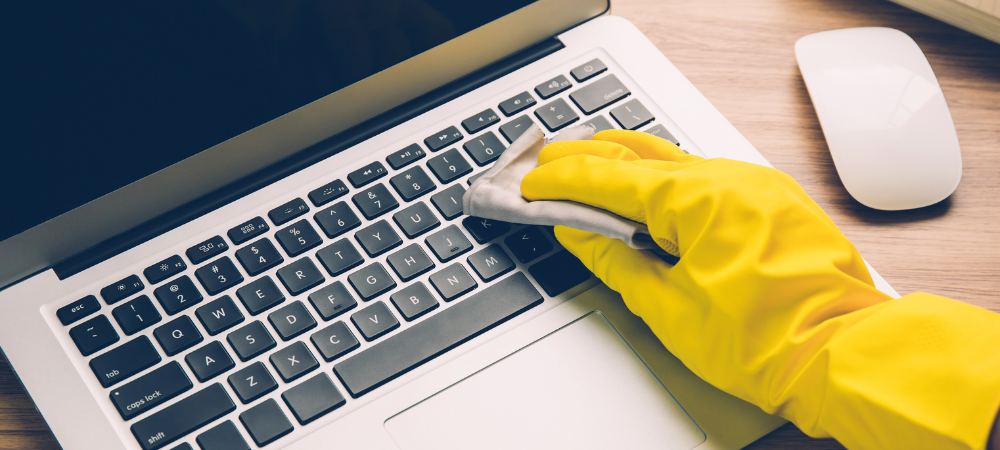
Step 4: Remove Loose Mold
Remove loose moldMold is a type of fungus that grows in damp or humid conditi... More on the surface using compressed air or a soft-bristled brush. Compressed air will help dislodge mold particles in areas that are harder to remove. It is important to use compressed air in short intervals to prevent moisture build-up. To prevent the sporesSpores are microscopic reproductive units of fungi or mold t... More from cross-contaminating other surfaces and materials, being in a ventilated space should be a priority. Repeat this process until the moldMold is a type of fungus that grows in damp or humid conditi... More is clean.
Step 5: Mix a Cleaning Solution
An effective cleaning solutionA solution is a homogeneous mixture of two or more substance... More may be prepared by mixing one part white distilled vinegar with two parts water. Alternatively, mixing equal parts of isopropyl alcohol (70% or higher) and water can create an efficient solutionA solution is a homogeneous mixture of two or more substance... More to kill moldMold is a type of fungus that grows in damp or humid conditi... More sporesSpores are microscopic reproductive units of fungi or mold t... More.
Step 6: Clean the Surface
Using a microfiber cloth, gently apply the solutionA solution is a homogeneous mixture of two or more substance... More to the moldy areas, ensuring you do not apply too much liquid to avoid moisture damage. Avoid putting the solutionA solution is a homogeneous mixture of two or more substance... More directly onto the device to prevent it from seeping into sensitive components.
Step 7: Clean the Interior
This step is feasible for equipment that is not subject to damage if exposed to moisture. Carefully remove the device casing and use cotton swabs dipped in isopropyl alcohol to clean moldMold is a type of fungus that grows in damp or humid conditi... More from sensitive areas like circuit boards and connectors. Take extra precautions to prevent causing damage to the device.
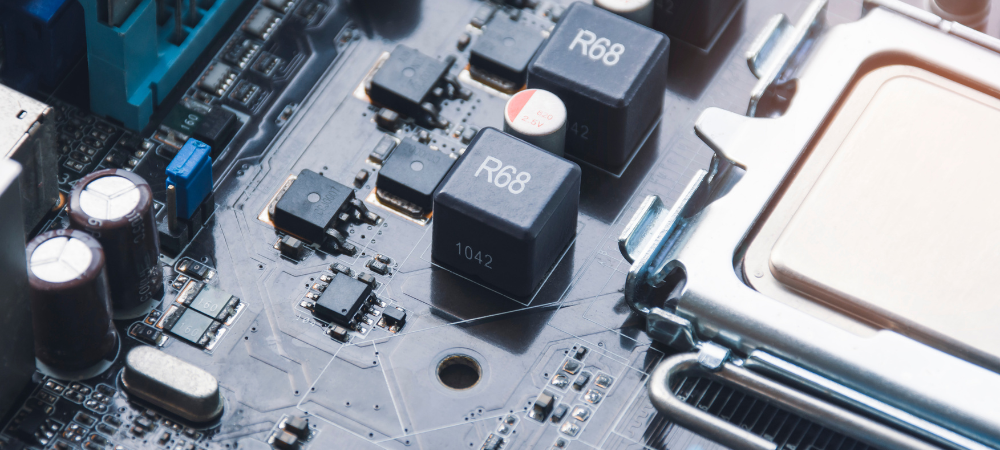
Step 8: Dry the Device
Once the electronic device has been wiped down and the moldMold is a type of fungus that grows in damp or humid conditi... More removed, it is important to thoroughly dry the device before reassembling it. A towel or a fan can be used to facilitate dryingDrying is the process of removing moisture from materials, s... More and remaining surface moisture. Use a clean microfiber cloth to wipe monitors and screens carefully.
Step 9: Call Professionals if the Mold Persists
An infiltrationInfiltration is the process by which water, air, or other su... More of moldMold is a type of fungus that grows in damp or humid conditi... More can leave home and business owners scrambling for immediate cleanup. If you have cleaned your electronics and noticed that the moldMold is a type of fungus that grows in damp or humid conditi... More growth has infested other areas, consult a professional mold remediationMold remediation is the process of identifying, removing, an... Moreremediation companyA remediation company is a business specializing in cleaning... More, such as WFM RestorationRestoration is the process of returning a property to its pr... More, to fully remove moldMold is a type of fungus that grows in damp or humid conditi... More sporesSpores are microscopic reproductive units of fungi or mold t... More. Professional technicians are prepared to tackle any large moldMold is a type of fungus that grows in damp or humid conditi... More infestations promptly and efficiently.
When professionals are called for moldMold is a type of fungus that grows in damp or humid conditi... More removal situations, they respond promptly to prevent the sporesSpores are microscopic reproductive units of fungi or mold t... More from causing further damage. MoldMold is a type of fungus that grows in damp or humid conditi... More removal and remediation services include air quality sampling, containment of the affected area, and high-tech methods and technologies to completely remove the sporesSpores are microscopic reproductive units of fungi or mold t... More. If all other techniques fail, you can trust the professionals to fully remove any infestations.
If you suspect moldMold is a type of fungus that grows in damp or humid conditi... More in your home or business, don’t wait! Our team of certified professionals is here to help with comprehensive mold remediation and removal services in Las Vegas, North Las Vegas, Boulder City, Mesquite, Henderson, NV, and the surrounding areas. We also offer a range of restorationRestoration is the process of returning a property to its pr... More and cleaning services to ensure your space is safe and healthy.










